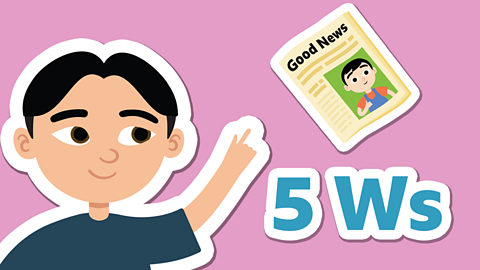Watch: Editing your work

When you edit your own writing, you revise or redraft it, in order to make changes, correct mistakes and improve its overall quality.
Redrafting is a vital part of the writing process so needs to be completed before you decide that your piece of writing is finished.
You should never be afraid to make mistakes when you are writing. Checking, correcting and changing your work means you are on your way to producing something really great!

Watch this video to learn about why making mistakes then redrafting your work is important in the writing and editing process.
Explore why redrafting helps you to perfect your work.
Redrafting: Key features

Imagine you have just finished your first draft of a piece of writing - what happens next?
Consider the following things as you start to redraft your writing.
Overall content
- Have you included everything you wanted to say?
For example, if you were writing a thank you letter to someone, redrafting could include needing to make sure you have given all the reasons you are grateful to the person.
Structure
- Have you used the correct structure for the type of writing you have done?
For example, a formal letter has a very specific structure, so you would need to check you have followed this, covering all the essential points.
Vocabulary and language
- Check your language style: should your writing be formal or informal?
For example, if you were writing to a friend your vocabulary and tone can be informal, but if your letter was to somebody more senior, or in authority, then you would need to be more formal.
- Have you made strong vocabulary choices?
For example, are more adjectives and figurative language (like similes and metaphors) needed to illustrate your points better, or are the ones you have already used suitable?

Proofreading your work
Proofreading something involves checking it closely for mistakes in order to improve its accuracy. This normally takes place at the end of the redrafting process and involves some extra, specific steps.
Watch this video to learn more about how to proofread.
How to proofread your writing to avoid errors.

Proofreading tips
After redrafting your work to check for other features, read it again to yourself, imagining someone else has written it. See how well you think sentences are now written and rewrite any if needed.
Look out for spelling, grammar and punctuation mistakes.
Make sure your sentences flow and make sense, using good conjunctions.
Look for words or sentences that you can make better by choosing different vocabulary, adding description or adding adverbs.
Double-check any facts in your work.

Activity 1

Can you spot the mistakes in these three pieces of text?
There not in they’re house because their over they’re, in the park.
The golden sands felt warm and soothing beneth my worn out and weary feet. Theirwhere beads of condensation dripping from my cold refreshing glass off water.
You’re car is blocking are drive. Our you going to move it soon? I think your being most inconsiderate!

Top tip!
Watch out for homophones (words that sound the same but have different meanings, such as sea and see or hear and here) as these can be tricky!
Activity 2
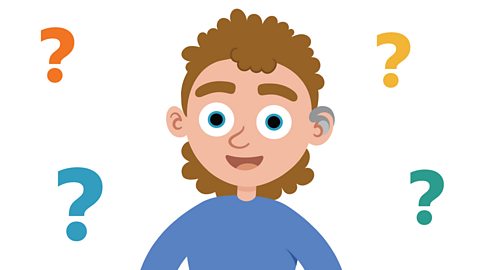
Redraft these three sentences to make them more interesting or exciting.
For example:
The firefighters are brave.
The firefighters are unbelievably brave - they have the hearts of lions!
The teachers are kind.
The athletes are strong.
The police officers inspire me.

Activity 3
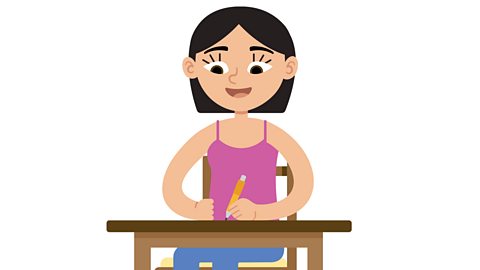
Write a thank you letter to someone and then have a go at redrafting and proofreading it.
The letter could be to someone you know well, or it could be to someone in authority - remember that this will affect how formal the letter needs to be in terms of vocabulary and tone.

Top tip!
Remember to consider:
- the content
- the structure
- your vocabulary and language
Play our fun English game Crystal Explorers. gamePlay our fun English game Crystal Explorers
Use grammar, punctuation and spelling skills to explore jungles, caves and tombs on your mission!

More on Non-fiction
Find out more by working through a topic
- count18 of 18
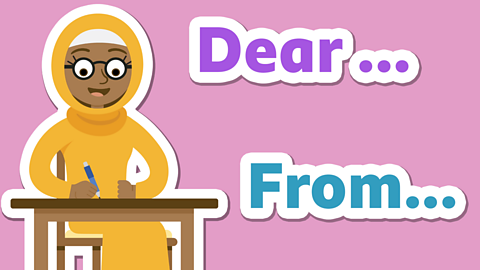
- count1 of 18
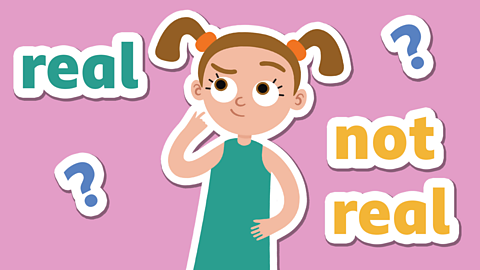
- count2 of 18
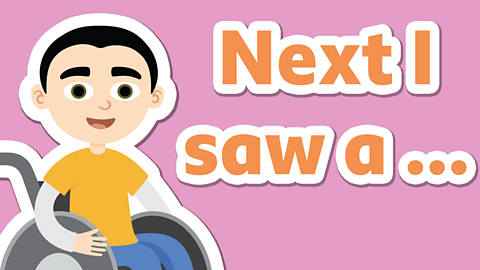
- count3 of 18
